Ashtanga – Ashtanga is a fast-paced, intense style of yoga. Ashtanga practice is very physically demanding because of the constant movement (or “flow”) from one pose to the next.
Bikram (Hot ) – Bikram yoga is practiced in a 95 to 100 degree room, which allows for a loosening of tight muscles and profuse sweating, which is thought to cleanse the body from the inside out.
Gentle Yoga – A softer form of yoga with a more restorative focus. Students will develop body awareness, learn basic poses, and discover their natural breath. A great style for stress relief and rejuvenation.
Hatha - Hatha is a very general term that refers to a wide range of yoga styles, many of which have been given other names (such as Iyengar, Ashtanga, Bikram, Ananda, Kripalu, Sivananda, Viniyoga, and so on). Hatha Yoga is a branch of yoga that focuses on physical health and well-being and recognizes the body as the vehicle of the spirit.
Iyengar – Students focus on symmetry and alignment, using props — such as straps, blankets, wooden blocks, and chairs — to achieve postures. Each pose is held for a long period of time, rather than moving quickly from one pose to the next.
Kundalini – Kundalini emphasizes breath in conjunction with physical movement. This ancient form consists of active postures (asanas) combined with specific breathing techniques (pranayama), hand and finger gestures (mudras), body locks (bandhas), chanting (mantras), and meditation.
Restorative – Restorative yoga is a restful practice that uses props (blankets, blocks, straps, etc.) to support the body so that you can relax into poses for longer, allowing you to open your body through passive stretching.
Vinyasa (Flow) – Like Hatha, Vinyasa is a general term that is used to describe many different types of classes. Vinyasa, which means breath-synchronized movement, tends to be a more vigorous style based on the performance of a series of poses called Sun Salutations, in which movement is matched to the breath.
Yin – A quiet, passive practice that focuses on deep, long stretches that release the connective tissues and joints. Yin poses are held for several minutes, adding a quality of stillness and introspection to the practice.
Even within the different styles of yoga, however, teachers will have their own presentation style and will emphasize different aspects of the yoga they teach.
